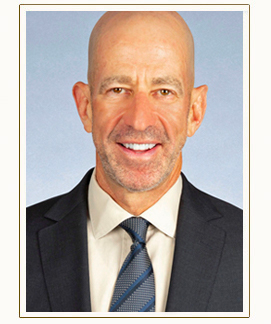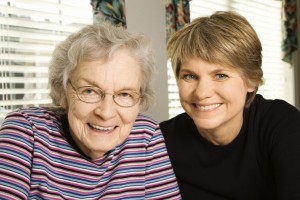Assisted living facilities are residences for senior citizens where help is provided with daily living activities, as needed. This can include making doctor’s appointments and taking medication, as well as bathing, dressing and grooming. Meals and housekeeping are also provided at such facilities. In the state of New York, all types of assisted living residences are licensed as adult care facilities by the Department of Health. However, there are different types of adult care facilities, which may also be called enriched housing programs or adult homes.
First, all adult care facilities are distinguished from nursing homes in that they are for people who do not need round-the-clock medical services or skilled nursing. People who need for medical staff to be present on a continuous basis are better served by a nursing home.
The two kinds of adult care facilities in New York, enriched housing programs and adult homes, both offer long-term care in a residential setting, including meals, laundry, housekeeping, supervision and assistance with personal care and medication. One major difference is that the law has stricter supervision requirements for adult homes, although a number of enriched housing programs may offer the same level of supervision. In addition, enriched housing programs usually provide apartment-style residences, while adult homes generally provide private rooms or two-person rooms.
The same types of service provided in enriched housing programs and adult homes may also be provided by assisted living residences and assisted living programs. In order to refer to themselves as providing “assisted living,” these facilities must meet additional requirements of providing certain disclosures and rights for residents. The goal of assisted living facilities is to provide the care necessary to allow individuals to live as independently as possible, emphasizing personal dignity and freedom of choice.
Finally, an assisted living residence that offers aging-in-place services and obtains additional certification may be designated an enhanced assisted living residence. A special needs assisted living residence is an assisted living residence that provides specialized care and meets additional certification requirements.
For more information, refer to the New York State Department of Health’s website on assisted living, available at http://www.health.ny.gov/facilities/assisted_living.




